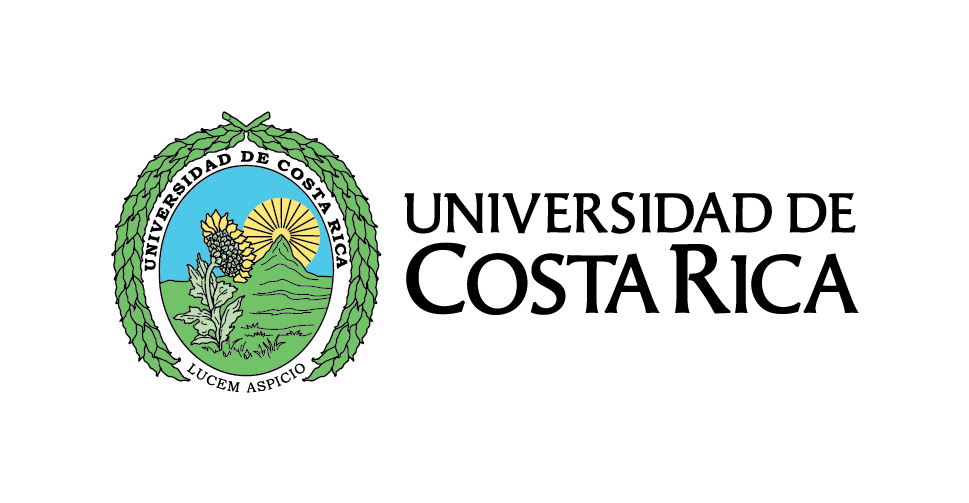| 要約: | This article analyzes the strategies for the inclusion of indigenous students in the National University of Salta (Salta, Argentina) based on an institutional educational policy aimed at this group of students: The Tutoring Project with Students from Indigenous Peoples. The analysis considers the strategies of permanence and retention. It is decided to analyze this educational policy because it is considered as an experience that contributes to questioning the Modern Colonial Civilization Model and moving towards intercultural inclusion in Argentine national universities. The research was carried out from a qualitative logic, it consisted of a case study with an ethnographic approach. The information that is analyzed in this article was obtained through participant observations and interviews oriented to the autobiographical narrative. The field work was carried out during the period between 2016 and 2019. The information generated allowed the identification of three central axes in the strategies for the inclusion of indigenous students at the National University of Salta: the claim of indigenous identity as a strategy for permanence, training aspects as retention strategy and affective ties as retention and permanence strategies. The analysis of these three axes, as well as the future expectations of those who make up the tutoring spaces, allow us to recognize how the tutoring spaces generate tissues of containment that constitute experiences of intercultural inclusion. However, this characteristic cannot yet be generalized to the entire university.
|
|---|


